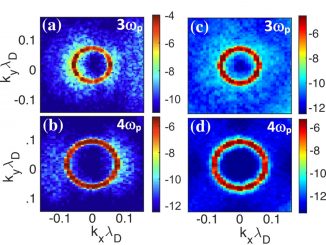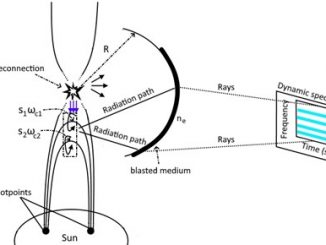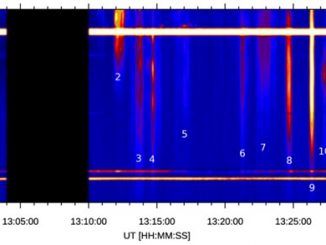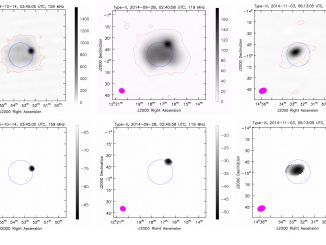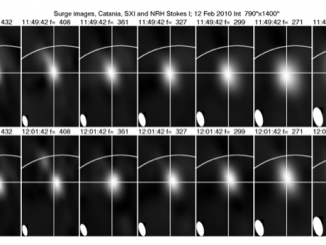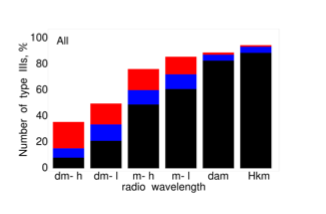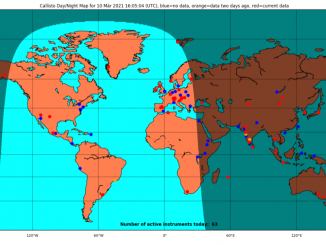Flares detected in ALMA single-dish images
by I. Skokic et al
The (sub)millimeter radiation of solar flares, explosive events detected as brightenings across the electromagnetic spectrum, is poorly understood (Krucker et al. 2013). The major limit of the previous >100 GHz observations was spatial resolution, impeding the combination with observations at other wavelengths. The Atacama Large Millimeter-submillimeter Array (ALMA) offers sufficient resolution for the first time. Shimizu et al. (2021) reported a microflare observed in interferometric mode. However, used as an […]


